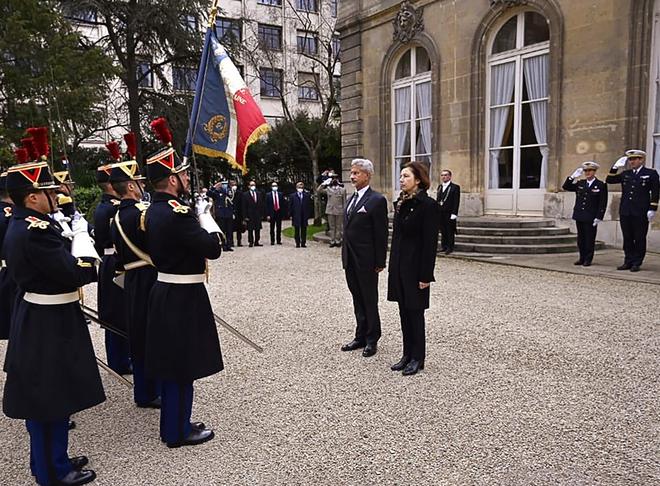India and France are close to finalizing a deal for the cooperative development of a 125KN engine for the indigenous fifth-generation Advanced Medium Combat Aircraft (AMCA) in construction. The Defence Research and Development Organisation (DRDO) and Safran, a French engine manufacturer, are collaborating. “During his visit to Paris [last week], External Affairs Minister S. Jaishankar discussed this subject with French Defense Minister Florence Parly. A defense official stated, “We expect to reach an agreement in a month or two.”
Defence Minister Rajnath Singh claimed in December 2021, during Ms. Parly’s visit to India, that a large French corporation would come to India and “produce the engine in strategic cooperation with an Indian enterprise.” Last year, the government informed Parliament that it plans to work with a foreign engine house to produce indigenous engines for aircraft such as the Light Combat Aircraft (LCA) versions and AMCA. DRDO DRDO
DRDO will work to create indigenous engines for LCA and AMCA
The LCA-Mk2 is currently being developed by the Aeronautical Development Agency (ADA) in collaboration with Hindustan Aeronautics Limited (HAL), as well as the AMCA and the Twin Engine Deck Based Fighter (TEDBF) for the Navy.
The AMCA’s original design began in 2009, and it is envisioned as a twin-engine stealth aircraft with an internal weapons bay and a Diverterless Supersonic Intake, which has been developed for the first time and for which the design has been completed. It will be a 25-tonne aircraft with an internal payload of 1,500 kg and an exterior payload of 5,500 kg, as well as 6,500 kg of internal fuel.
The configuration has been frozen, Preliminary Service Quality Requirements (PSQR) have been determined, and the preliminary design review is complete, according to Girish S. Deodhare, Director General, ADA, who spoke at an event last week. According to Dr. Deodhare, the Critical Design Review (CDR) is due later this year, with the rollout scheduled for 2024 and the first flight scheduled for 2025.
The AMCA will be available in stealth and non-stealth versions and will be developed in two phases: an AMCA MK1 with an existing GE414 engine and an AMCA Mk2 with a jointly created upgraded, more powerful engine, according to Dr. Deodhare.

Officials confirmed that once the agreement with France is finalized, the aircraft and engine development will proceed in tandem to meet the deadlines. The aircraft will be manufactured and produced through a Special Purpose Vehicle, which will also incorporate the private sector.
Simultaneously, work is being made on the development of a twin-engine deck-based fighter jet for use by the Navy’s aircraft carriers. There is a similarity of systems and technologies among the numerous programs currently underway, according to Dr. Deodhare.
Under the Kaveri program, which was approved in 1989, India attempted unsuccessfully to design and develop a jet engine for the LCA. Before being canceled, the project saw the development of nine full prototype engines and four core engines over the course of 30 years at a cost of 2,035.56 crores. Safran and HAL collaborated on the Shakti engine, which powers the indigenous Advanced Light Helicopter and its variants.

